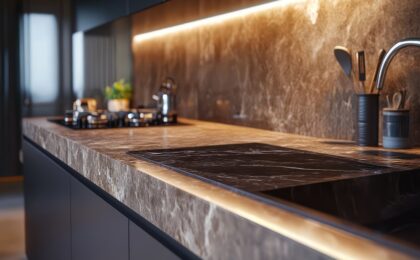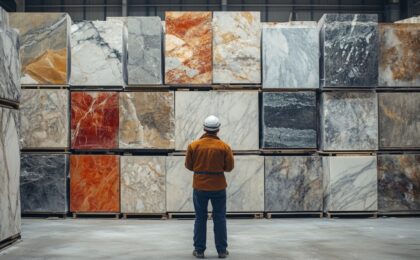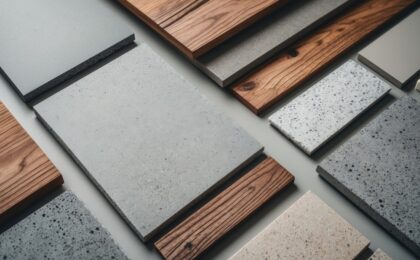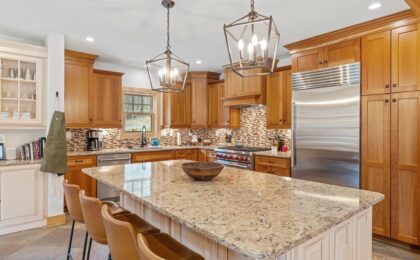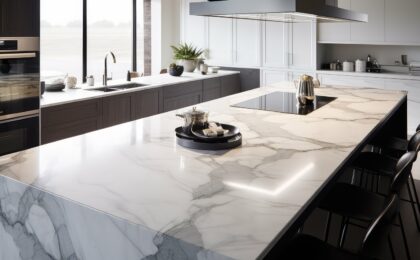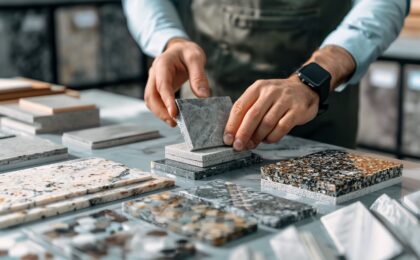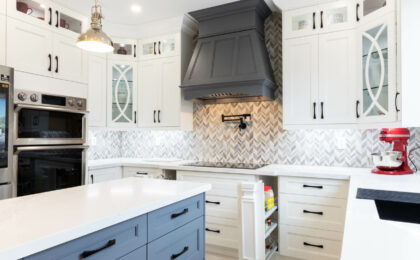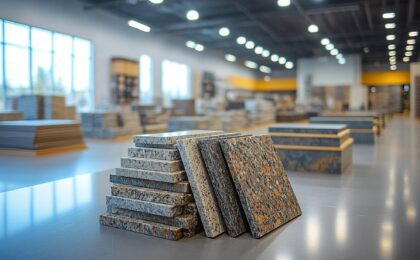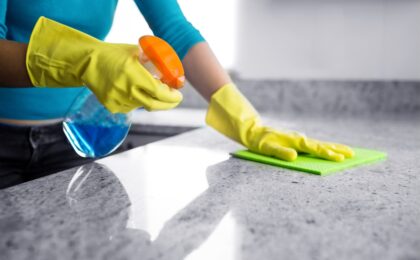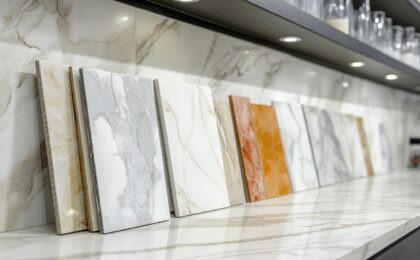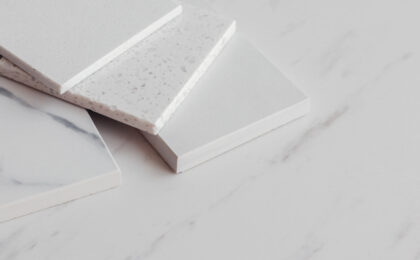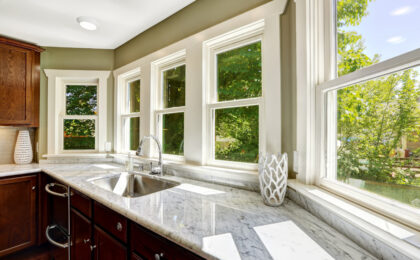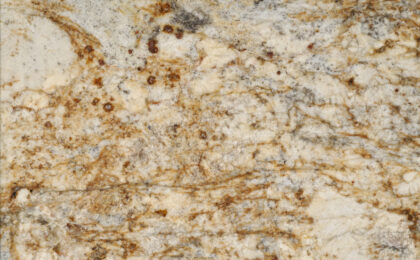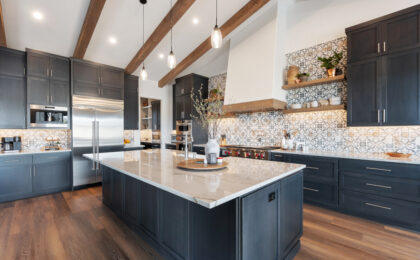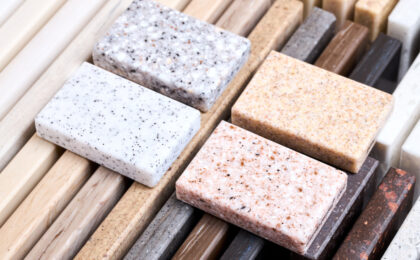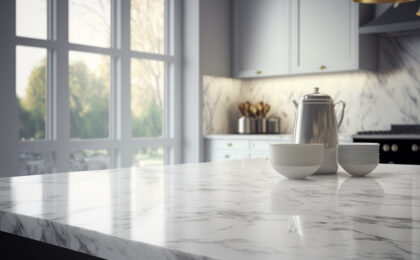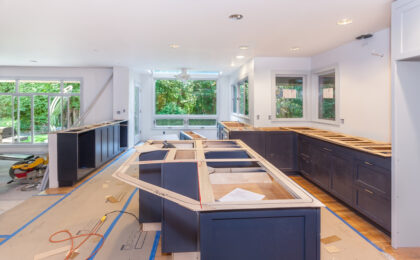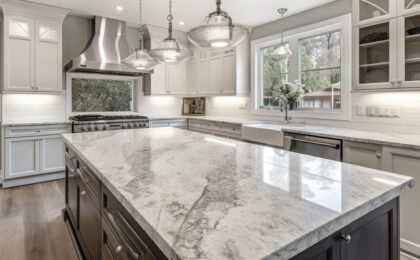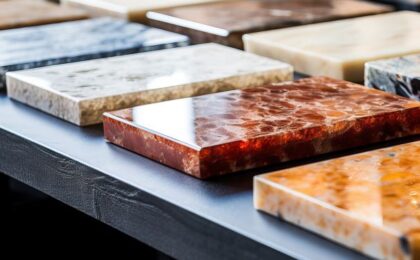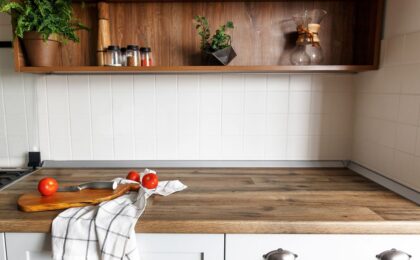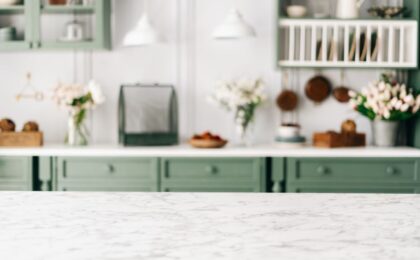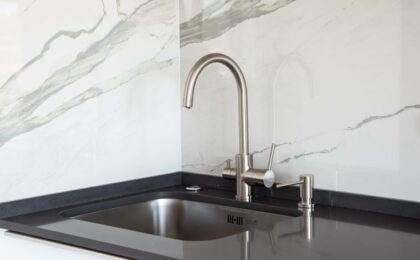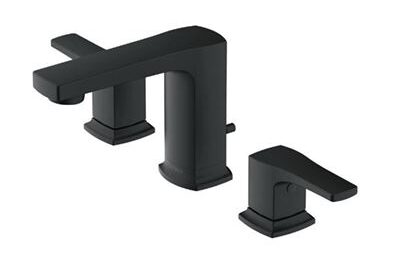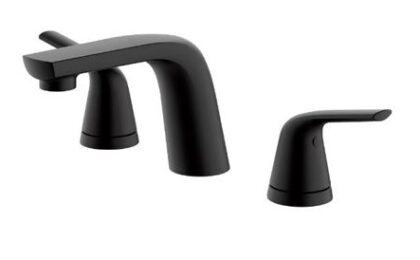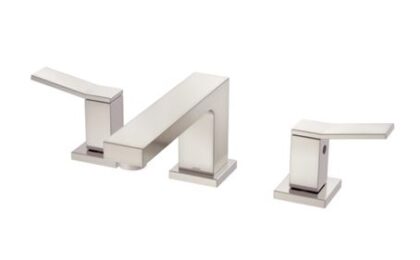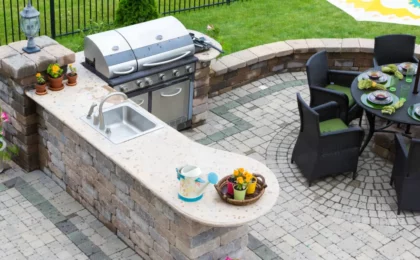One of the most attractive benefits of quartz countertops is that they require very little maintenance. However, even with the best care, it is still possible for quartz to start looking dull or uneven after many years of service. The question is whether they can be revitalized. In a word, yes.
Most homeowners with quartz countertops are satisfied with the appearance year after year. But others are not. Even when the entire surface of a countertop doesn’t begin to dull, things happen. Acidic foods, sauces or drinks are spilled. A sharp knife slips here or there. Lots of things can inherently diminish the appearance of a quartz countertop. But revitalization is possible.
DIY or Professional Revitalization
The first thing to know is that revitalization can be handled as a DIY project if you’re confident you know what you’re doing. Otherwise, hiring a professional to handle the job will almost always turn out well. The real secret in revitalizing quartz countertops is a combination of cleaning solutions and technique.
Should you decide the DIY route is best for you, here is a word of caution: contact the manufacturer before you purchase a quartz cleaner and polisher. The manufacturer will know exactly what you can and cannot use.
As a cautionary tale, there is a well-known countertop polisher used by commercial establishments. We won’t mention the name here because there’s no need to give the product a bad reputation. The point is that it works extremely well for some kinds of countertops. It’s just that quartz isn’t one of them. The solution contains feldspar, which is not good for quartz. A manufacturer would know that; an installer may or may not.
A Multi-Step Process
Revitalizing quartz countertops is a multi-step process. If a countertop is in especially rough shape, a professional might start with a grinder and specialized grinding pads to get past scratches and deeper stains. However, grinding is generally only necessary in extreme cases. If it’s just a matter of dullness and a few minor scratches, this step can be skipped.
The next step is to apply a quartz cleaner. This is a cleaning solution recommended by the manufacturer, specially formulated to cling without harming the resin that holds the quartz minerals together. This is important for the simple fact that dullness and minor scratches are generally in the resin rather than the minerals.
Cleaning is followed by polishing. Again, this is where manufacturing recommendations are invaluable. A manufacturer can point you to specific polishes – both in terms of what you can use and what you should avoid. You may need to use a little elbow grease during the polishing step.
Professional Service Can Be Expensive
In closing, we feel it is important to remind our readers the professional revitalization services can be expensive. If you can avoid the kind of damage that would require a professional, you’ll be a lot better off. Minor dullness and wear and tear amounts to a weekend DIY project.
So how do you avoid having to bring in professionals? By following your manufacturer’s maintenance recommendations to the letter. For example, always clean up spills right away. Always use a cutting board on top of the counter surface. When working with hot pots and pans, always use a trivet or potholder underneath.
Most homeowners will never have a need to revitalize their quartz countertops. But it’s nice to know that revitalization is possible should it ever be necessary. The key is to use the right cleaning solution and polish. The wrong products can actually make a dull countertop even more so.





